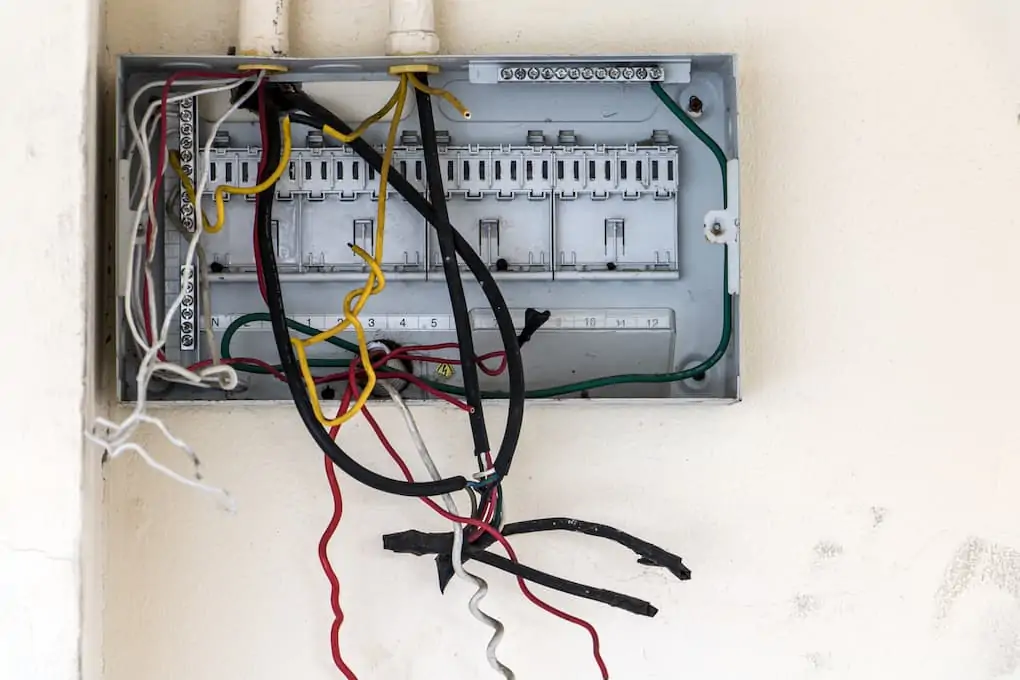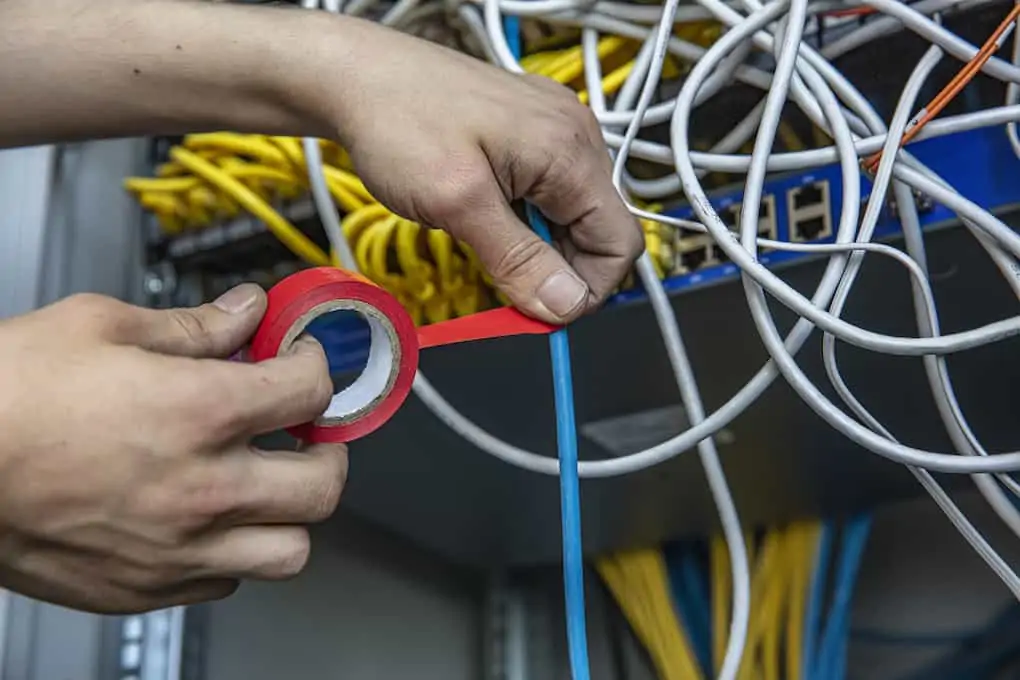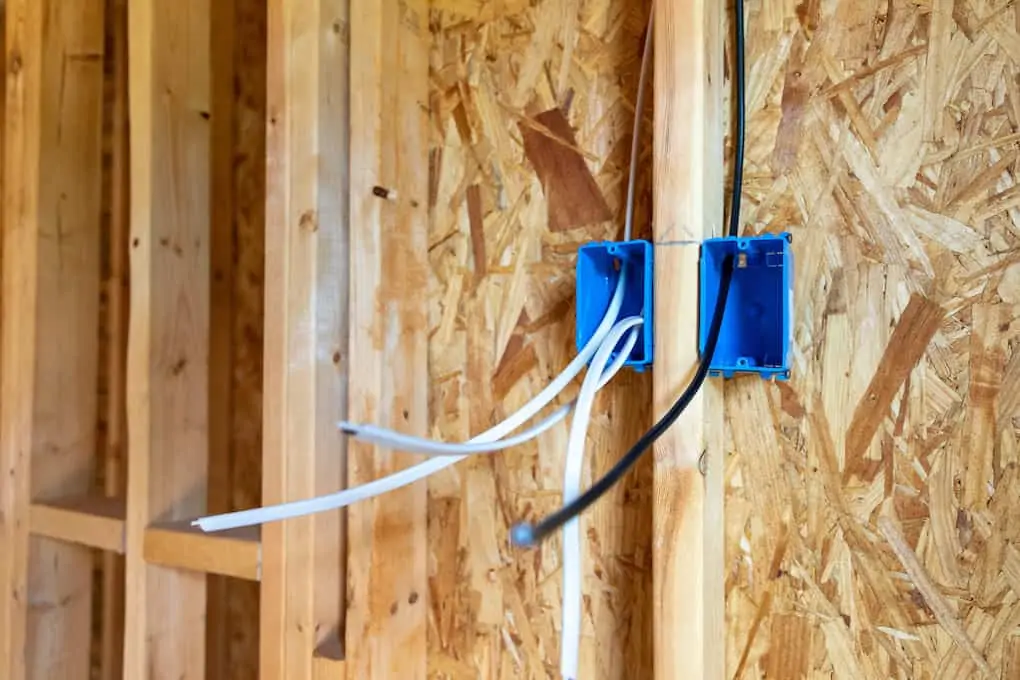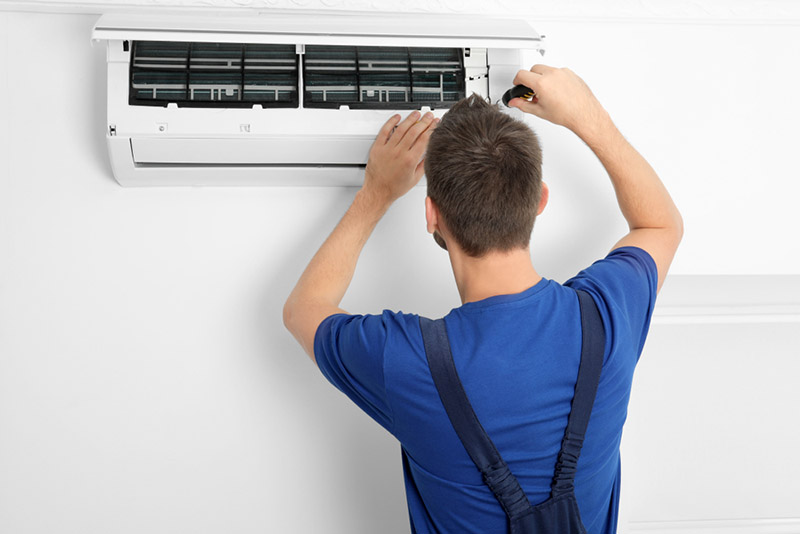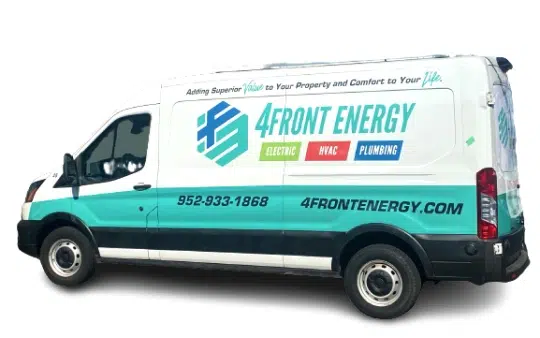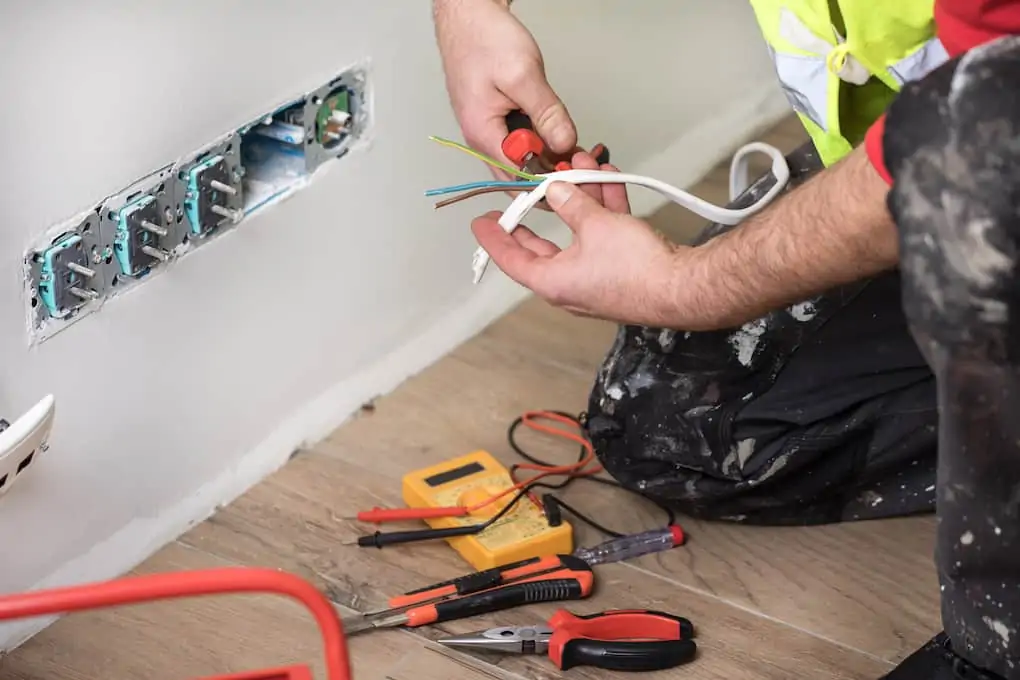
The modern comforts you enjoy depend on reliable electricity. Over time, the wires in your home can let you down and cause electronics to malfunction, diminish the performance of appliances, and even pose a significant health and safety hazard. At 4Front Energy, our licensed and insured electricians adhere to rigid safety standards and will rewire your home in a code-compliant manner that restores the integrity and functionality of the electrical system you depend on.
Why Rewire Your Home?
One of the most common and crucial reasons to rewire your Minnesota home is to replace outdated or unsafe wiring. This includes knob-and-tube systems and aluminum wiring. Replacing these outdated and potentially hazardous wires can enhance your safety and the value of your property.
Another common reason for rewiring your home is when you decide it’s time to add an addition or upgrade the wires in your home to support modern appliances and electronics. This is especially true if you have a home that’s 40 to 50 years old. In such instances, it’s likely your wires are near the end of their serviceable lifespan and the time is coming up to replace them.
Tools You’ll Need to Wire a House
It doesn’t take a lot of tools to rewire your home. We use the following tools and maybe a few more when rewiring your home:
- Wire strippers: This helps us remove the end of the wire and create a durable connection.
- Tape measure: Invaluable for measuring cable length and determining installation locations.
- Hammer: This helps us drive the wires into place and tacking down cable staples.
- Cable tester: This vital tool helps us detect electrical current within the cable and ensures a proper connection.
- Cables/Cable boxes: This houses the cable connections. You will need enough cables, wires, and cable boxes to wire your space. Keep in mind, certain sized cable boxes only recommend housing a few cables in one to not overload the socket.
- Wire connectors: Connectors go over the end of hot wires and are used until the outlets and rewiring process is complete.
- Drill: Drills are essential for drilling through walls or studs to run the wires through or connect cable boxes.
- Tape & Sharpie: We use tapes and sharpies to mark and label wires correctly. Marking cables is essential to ensuring they’re labeled correctly after they’re threaded through the walls in your room.
How To Wire a House: Step By Step
It’s always advisable to hire a professional to rewire your home. While it may seem simple and straightforward, it’s a task that is best left to a professional with the appropriate licenses and insurance. Moreover, it’s vital for ensuring code compliance, which affects not only the value of the property but also your homeowners insurance.
Step 1: Obtain a Permit
The first step is to secure a permit. The online form is easy to fill out and you’ll need to schedule an inspection before the work can begin. If you’re working with an electrician, they will obtain the permit for you and guide you through the inspection process.
Step 2: Locate and Mark Box Locations
Our electricians begin the rewiring process by locating and marking the installation locations for cable boxes and electrical outlets. We mark each box as either a duplex receptacle (dual outlet), single switch, three-way switch, or light fixture using initials or use the electrician symbols found here.
Step 3: Place Box on Your Frame
It’s important to place the box on your frame to know where it will go and how high or low. You can either measure each wall with your tape measure and mark it with a pencil or use a level to ensure everything is flush. Standard heights for outlets are 12 inches, and light switches will be 48 inches. Next, drill your box into the exposed wood frame in the spot you want it, making sure to place a two-by-four behind it to make room for drywall and window frames.
Step 4: Drill Bore Holes and Run Cables
Next, we may drill holes through the wall studs to run your electrical cables through them around the room. This ensures they don’t sit on the ground behind the wall and stay nice and organized. The holes should be at least three-fourths inches in size and be at least 1.25 inches away from the wall or back of the stud. This ensures the cables are run right through the middle and don’t touch any surrounding walls.
Once you reach your cable to the intended circuit or switch box, cut it to size, leaving at least 12 inches of extra at first. The last thing you want is to cut it too short. Strip this last section of all but one to inches of sheathing to expose the wires.
Now, take your exposed wires and run them to the main circuit panel in your home. These will be either at ground level or on a low shelf in an unfinished basement, utility room, or garage. You’ll want to clearly label each cable to the room or circuit it’s leading to. Using a sharpie to mark these before you run them to the service panel is a fail-proof way of doing so.
We highly recommend hiring a professional electrician to do this last part — connecting your newly wired cables to their corresponding circuits in the service panel. To make their jobs easy, make sure to leave 4 to 5 feet of cable extra for them to work with.
Step 5: Run Wires
Each box will have pre-cut holes that you’ll punch out using a screwdriver. These holes are where your cables go through to enter the box housing. Once you get the cables threaded through, you can staple them 8 to 10 inches from the box against the wall studs. This will keep them tight and secure with no extra hanging anywhere.
You will then strip the wires, so they are separate and ready to connect to your circuit or switch. Use a wire cover to cover each end to keep them safe until installation can be complete.
At this point, you’ll need to group and label your wires. There are many ways of doing so — the best way is with a marker and electrical tape. You can also use zip ties if they’re available or have wire labels for more specific grouping purposes. Then, when your remodel is completely done, you’ll know which groups go to your overhead lighting, the outlets, or your light switch, etc.
Step 6: Finish Your Drywall
If the process is part of other renovation/remodeling works, you’ll want to complete any required post-installation inspections and put up drywall.
Step 7: Install Outlets, Switches, and Fixtures
Now the fun part. It’s time to install all of your outlets, light switches, and light fixtures in the room and see your handy work come to life! Check out our guide on how to safely install an electrical outlet.
Trust 4Front To Rewire Your Home
Our licensed and insured electricians can rewire your home and perform the necessary electrical inspections when the process is complete. We adhere to rigid protocols that ensure safety and durability. You can rely on our workmanship, and we will always provide the responsive service and expert recommendations you need.
Contact 4Front Energy Solutions to schedule rewiring or electrical inspections in Minnesota today.

